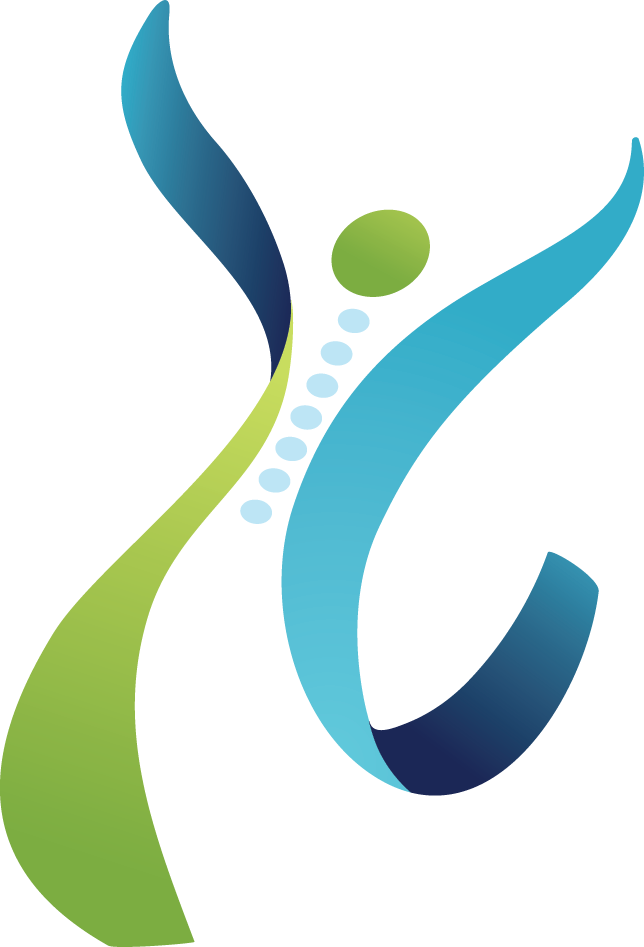Blog post #7Rethinking Posture: Moving Beyond the “String on Top of the Head” Idea
Our daily activities—texting, reading, typing, eating, and even childcare—often pull our attention forward and downward. This habitual posture can lead to slumping, causing tension and discomfort in the neck and back. A common issue is “text neck,” where the head hangs forward, creating strain.
One of the key principles of the Alexander Technique is understanding how we carry the weight of our head—roughly 10-12 pounds (about the weight of a full jug of water!)—and how it affects our overall posture. Many people use the image of a string pulling the head upward as a way to improve posture, but is this the most effective approach?
Rethinking the “String” Approach
While visualizing a string or golden thread lifting the head might be helpful, it can also lead to overcorrection (pulling up), causing unnecessary tension in the neck and pain in the back. Instead, posture improvement works best through awareness and subtle mental direction rather than physical effort.
Here are four alternative ways to encourage better posture:
1. Expand Awareness Upward
Rather than pulling your head up, simply become aware of the space above and around you. Imagine growing toward the light like a tree or a sunflower, moving up toward the sun, allowing your posture to respond naturally rather than forcing an upward lift. The flower image works beautifully with children!
2. Think of an Upward Flow
Instead of picturing a single string, consider your whole-spine lengthening upwards. Sense the direction—from the soles of your feet to the top of your head and beyond. You might visualize an upward arrow, bubbles rising, or an energetic flow moving upward. I like the bubbles because they include breath, ease, and lightness!
3. Float, Don’t Pull
Imagine your head as a balloon, effortlessly floating upward rather than being tugged by a string. Imagine your inhalation lightening up your head and releasing your limbs away from your torso. For the shoulders, a fun visualization is thinking of them as softening and unraveling out to the right and out to the left—helpful for those who unconsciously keep their shoulders tense and lifted.
4. Grow from the Inside Out
Picture your hair growing from the top of your head, much like grass sprouting from a toy figure. This gentle imagery can help prevent the tendency to stiffen the neck while trying to "hold" a posture. Remember to breathe!
5. (re)Balance UP
Picture yourself balancing an egg or golf ball on your index finger and now sense that delicate balance in your neck (index finger) and head (ball). Finding that balance will be a great starting point to finding ease in the neck. Young children, whose heads are quite large in proportion to their bodies, typically have great balance without slumping forward. A toddler playing on the floor often maintains an easy, upright posture without thinking about it. We can learn from this natural ease by allowing, rather than forcing, alignment.
The Key to Good Posture: Freedom, Not Rigidity
Many people mistakenly associate good posture with holding a position, but stiffness actually restricts breathing and interferes with natural movement. Instead of bracing, think of undoing tension—especially in the neck, where much of this unconscious holding begins.
Why Freeing the Neck Matters
Since the head sits at the top of the spine, any unnecessary tension in the neck can throw the entire body off balance. Each time we move, our balance shifts. If the neck is stiff, it prevents the head from responding fluidly, making movement feel less coordinated and natural. Even something as simple as breathing involves subtle balance adjustments—another reason to release unnecessary tension rather than "fixing" posture.
Two Essential Types of Thinking
In the Alexander Technique, two primary mental approaches help improve posture:
Direction (Upward and outward Thinking) – A spatial, energetic thought or intention: imagining lightness and lift without straining.
Inhibition (Pausing and Letting Go of Unnecessary Tension) – A preventive thought: stopping the habitual fixing or bracing of the body.
Think of crossing the street:
Stopping to check for cars = inhibition (pausing before acting).
Looking right, left, then right again = direction (moving with awareness).
By applying these two approaches, we can move with greater ease, balance, and comfort.
A New Approach to Posture
Rather than visualizing a string pulling your head up, try pausing. Send a message to your neck to release tension, then think an upward thought—light and free. The key isn’t to force good posture but to allow it to emerge naturally.
Want to Learn More?
Exploring this approach can shift how you think about movement, tension, and ease in your body. If you’re curious about Alexander Technique lessons, feel free to reach out through my contact page at www.ArtofReleasing.com. I also offer a free 20-minute consultation to help you explore whether this work is right for you. 😊
